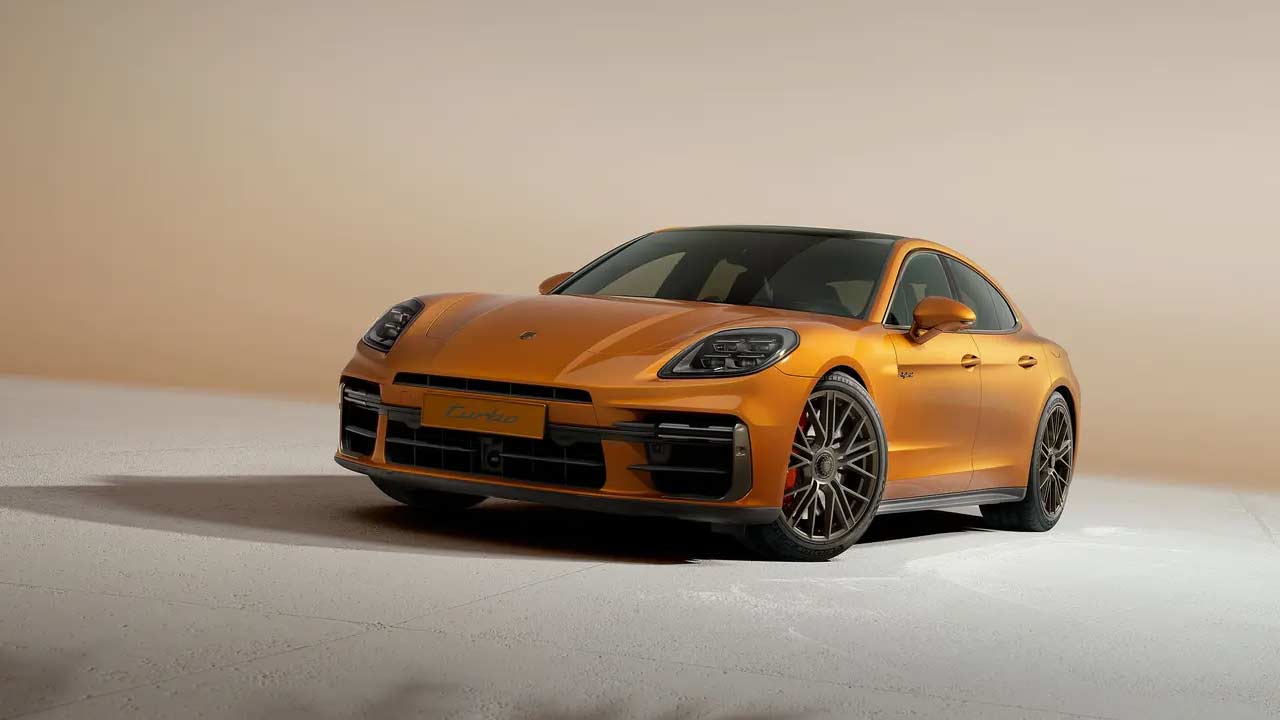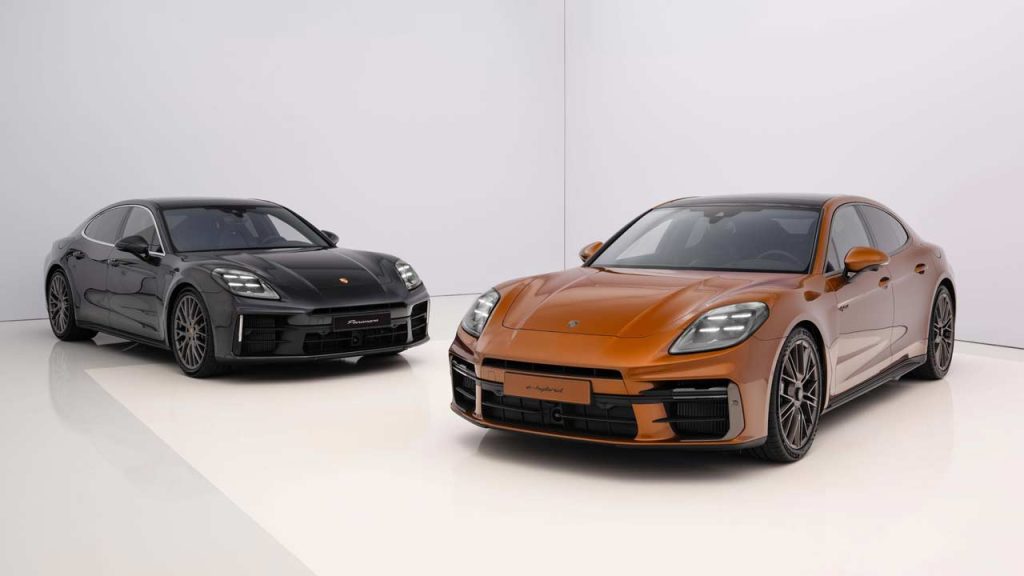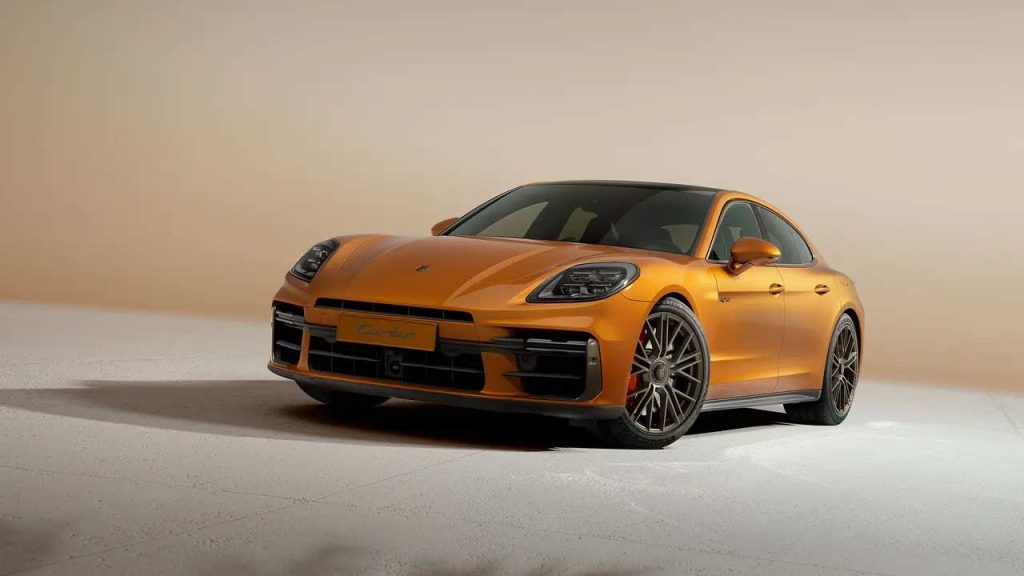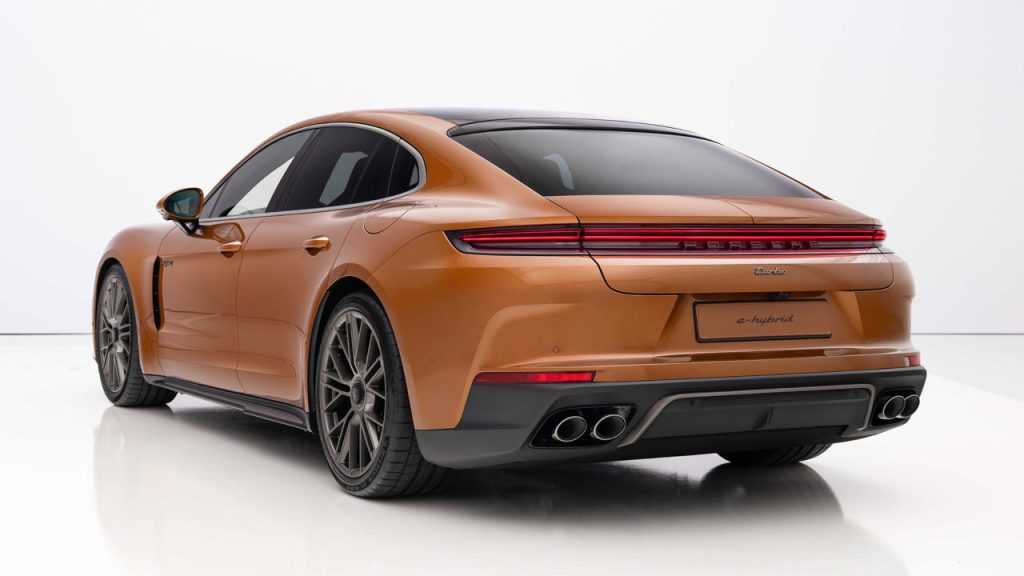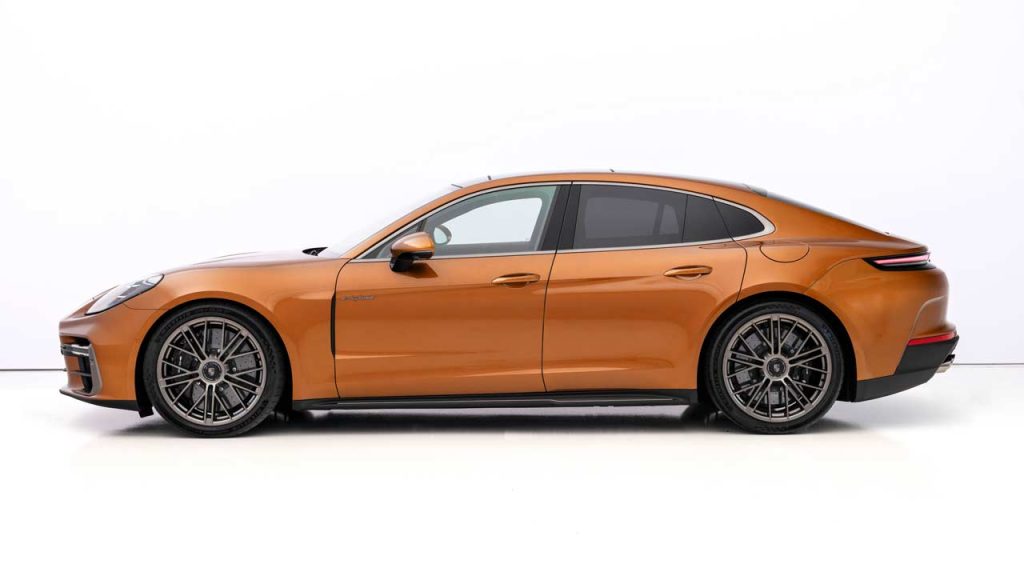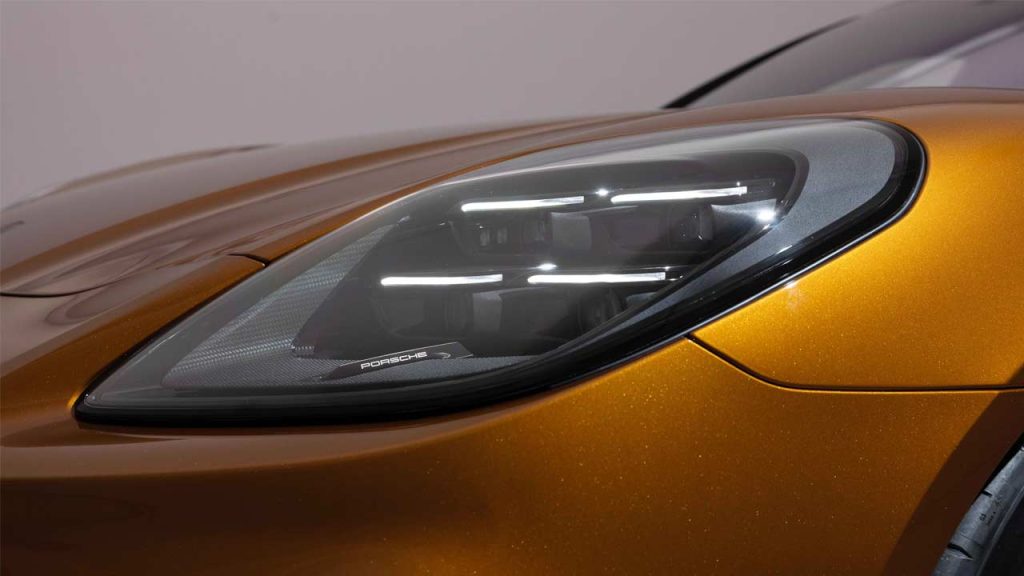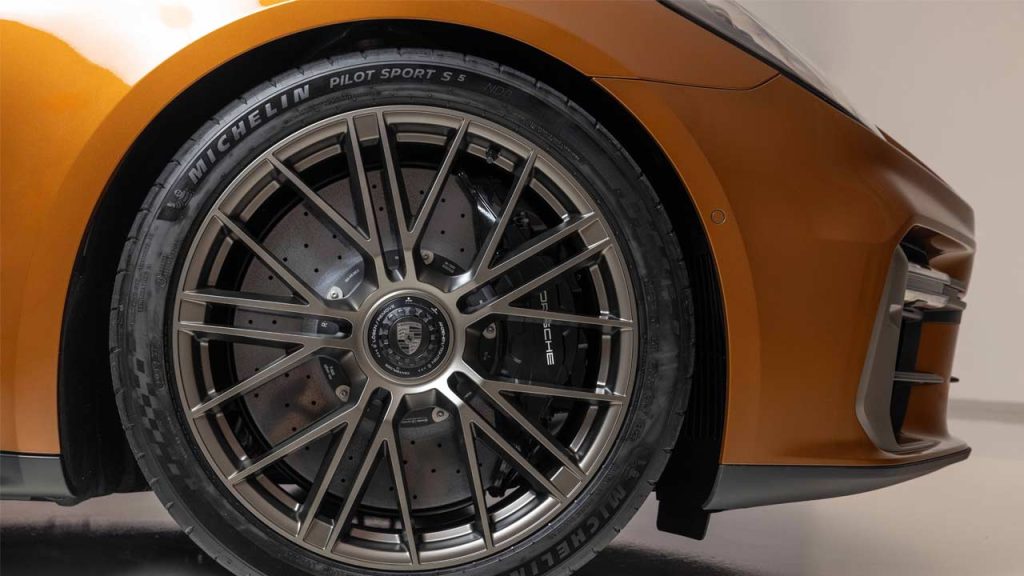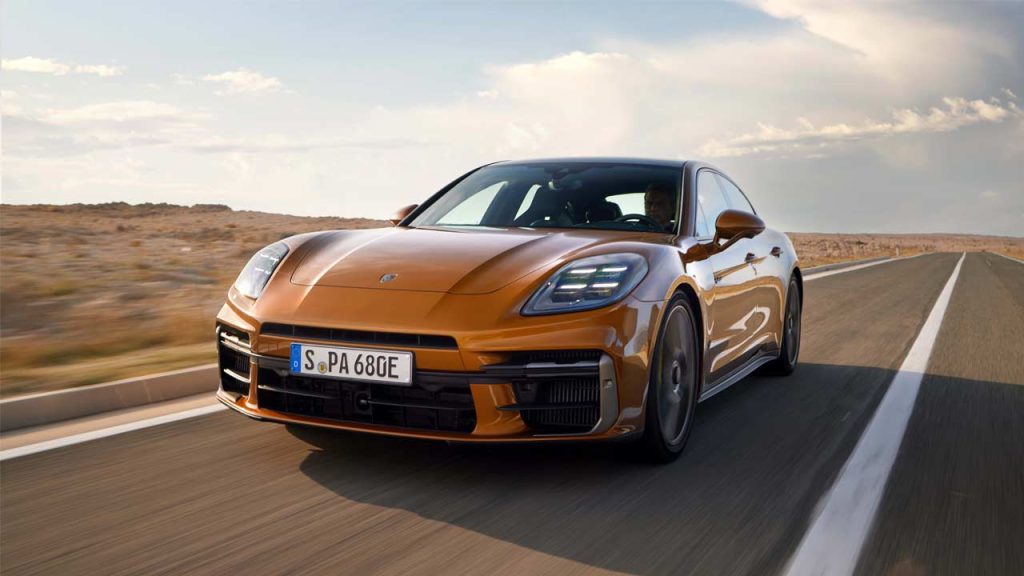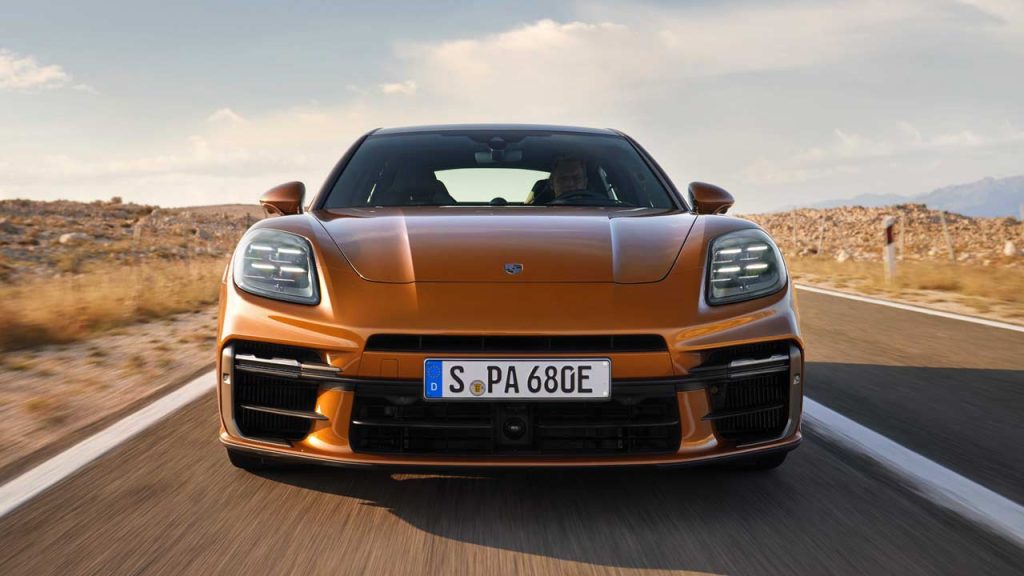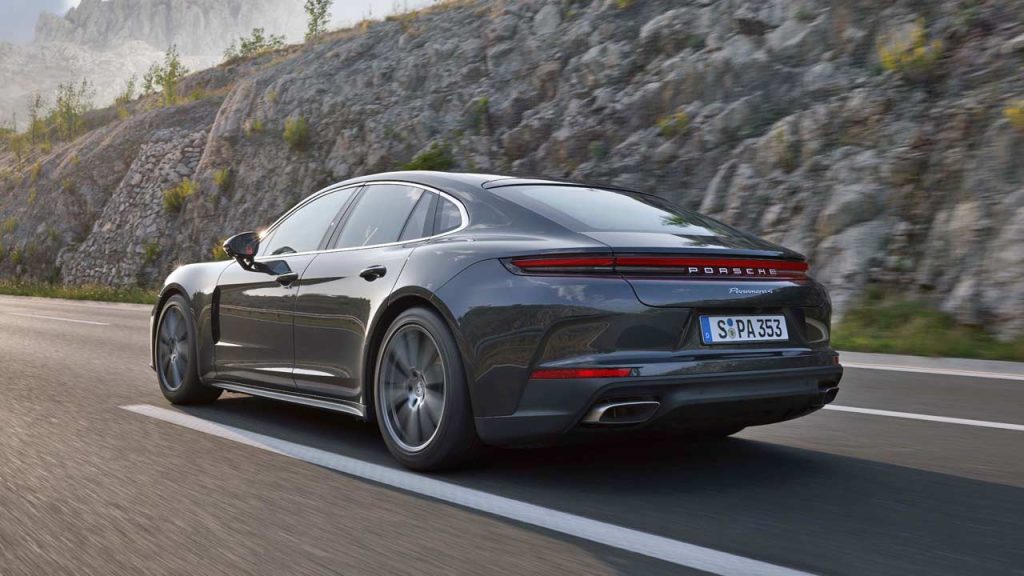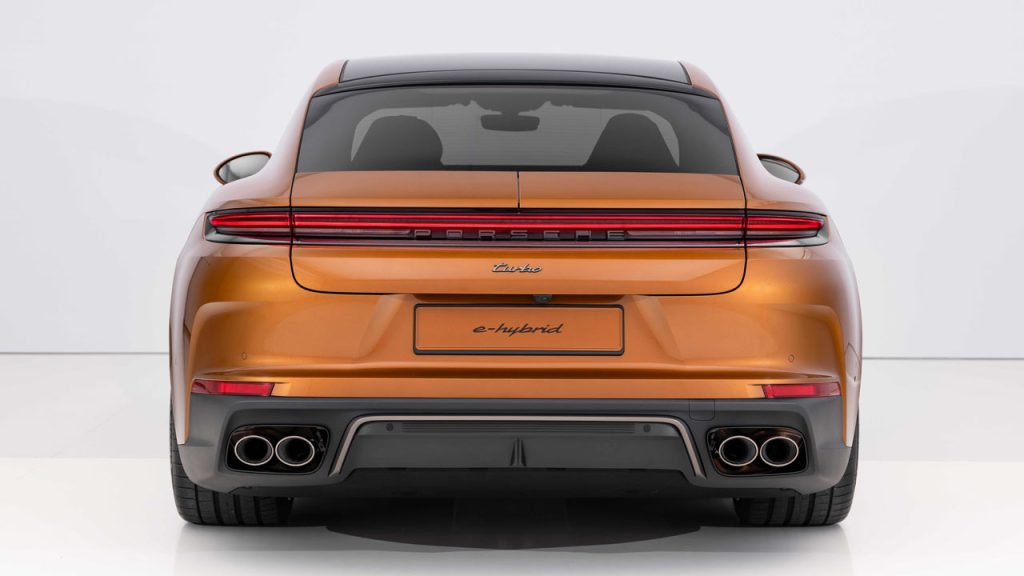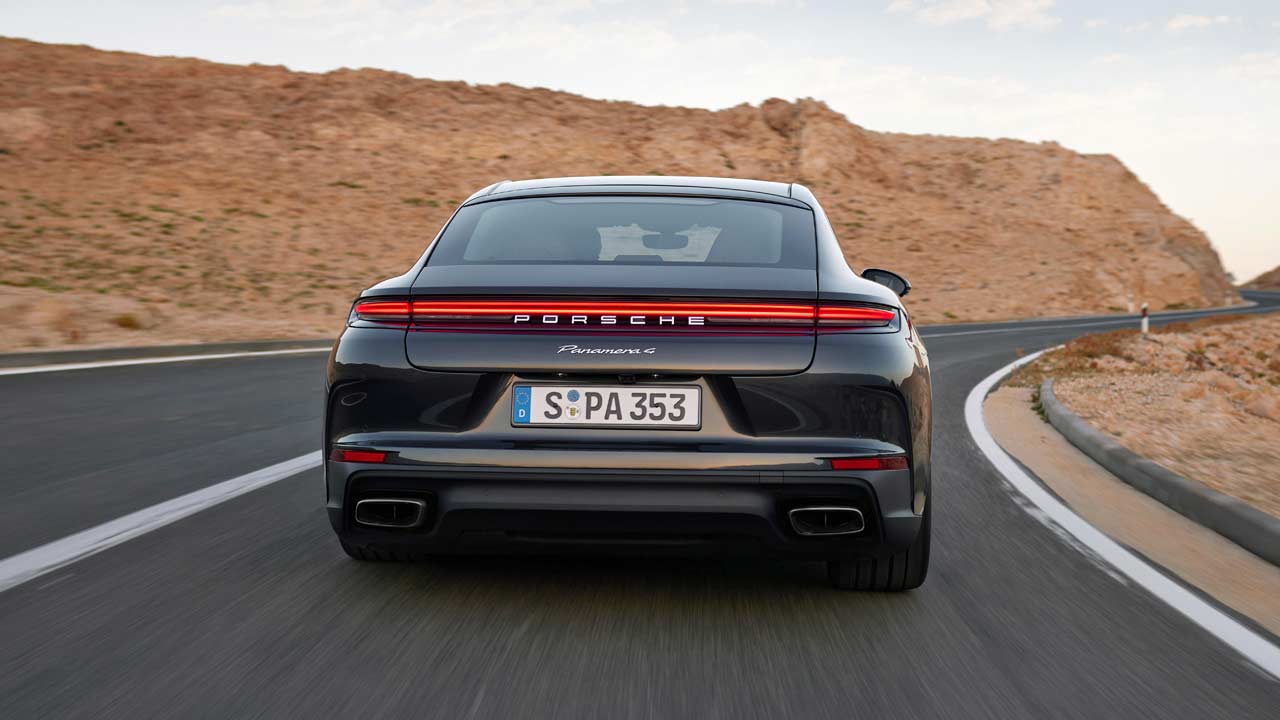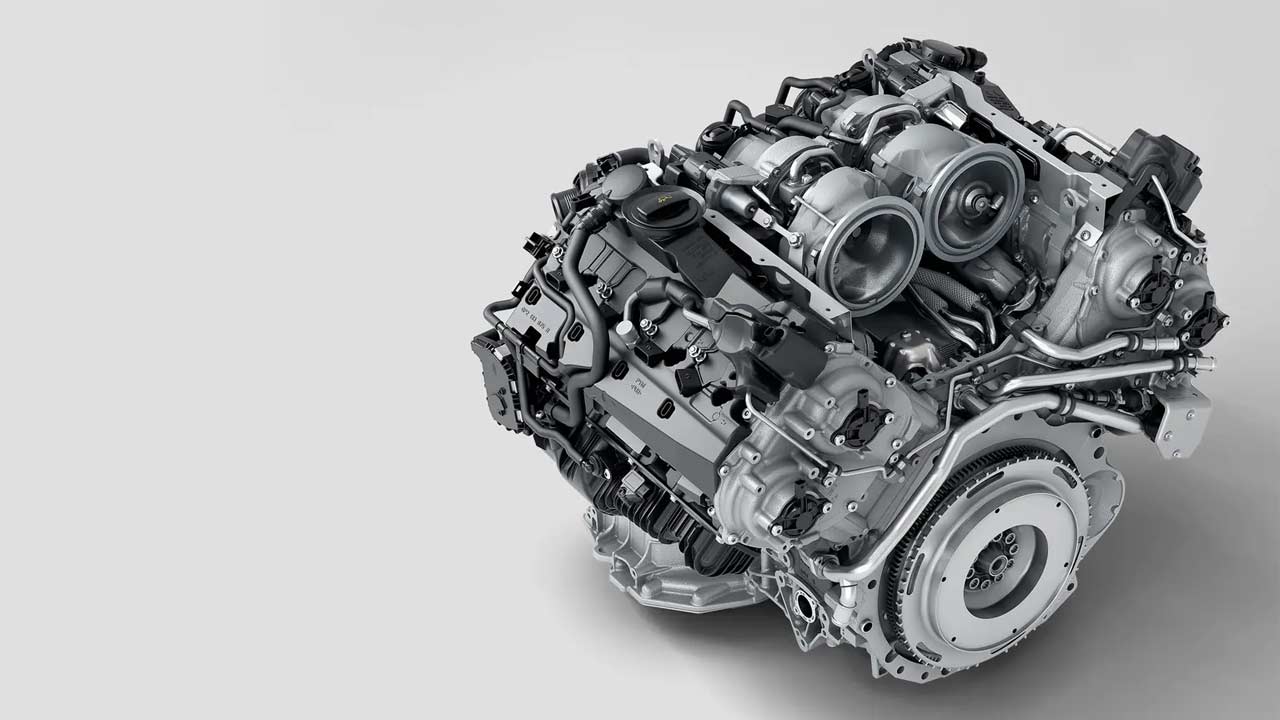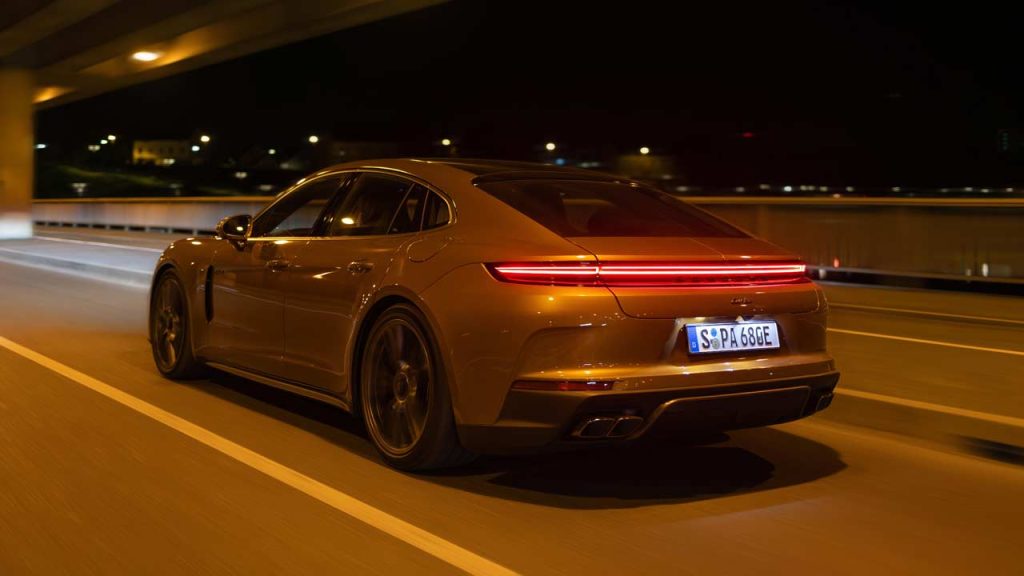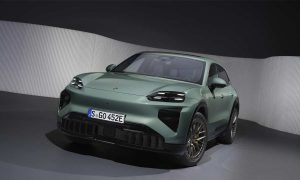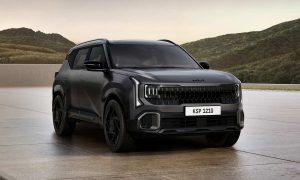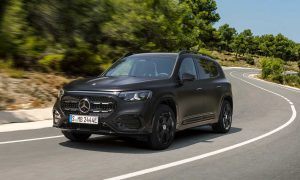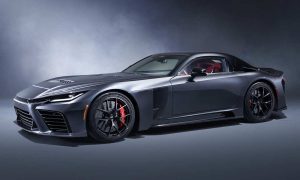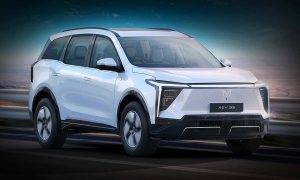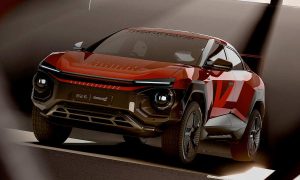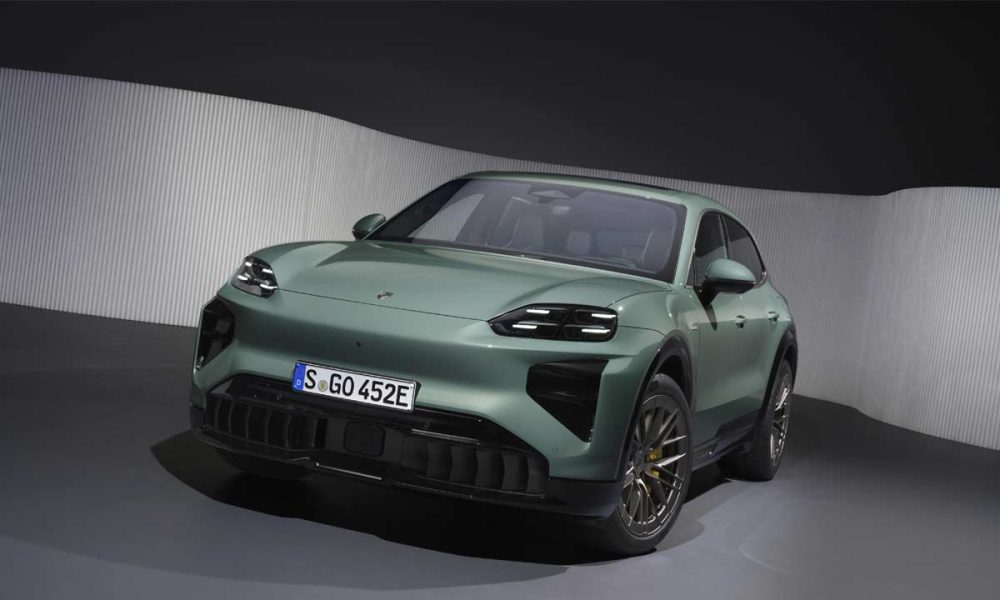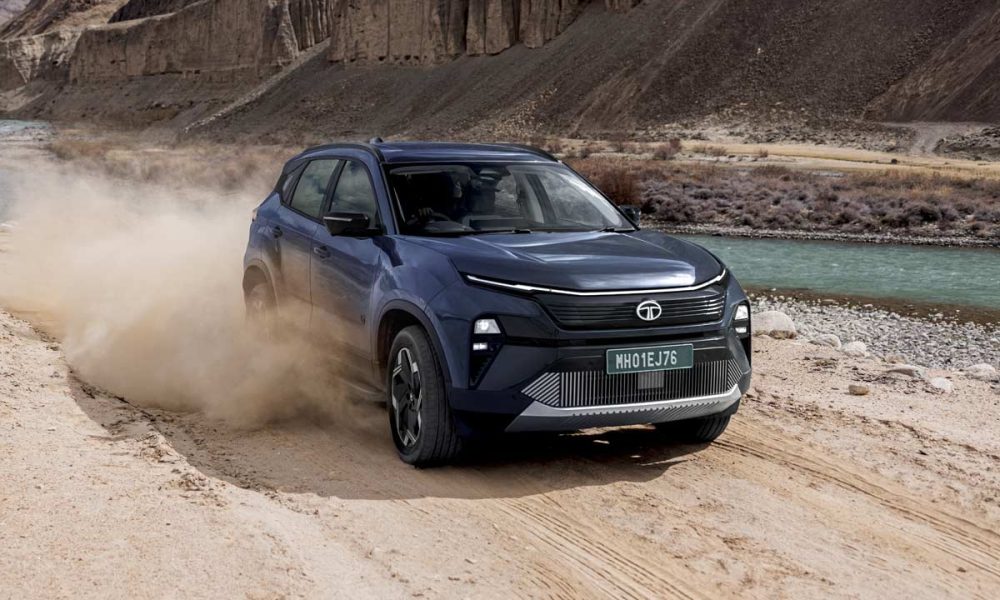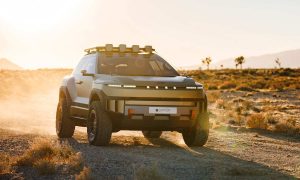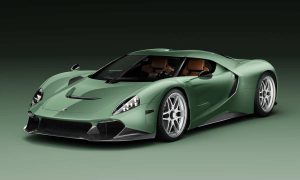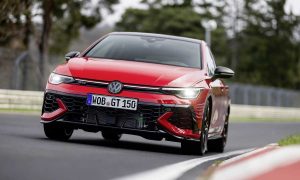Following the reveal of the 3rd-gen Panamera’s interior in all its digital glory a few days ago, Porsche has now taken the wraps off the car itself, with planned deliveries commencing in Europe in March 2024. Prices in Germany start from €107,800. There’ll be three variants initially:
| Variants | Price in Germany (including VAT) |
| Panamera | €107,800 |
| Panamera 4 | €111,900 |
| Panamera Turbo E-Hybrid | €192,500 |
There are probably 4 more variants in the works, but let’s talk about what’s available now. Let’s start with the design then, shall we?
Speaking of which, the 3rd-gen Panamera sports an evolutionary design language; in other words, the designers have played it safe by not making any drastic changes. If not informed, one would think this is still the second-gen model or maybe just a facelift, which depending on your perspective, might or might not be a good thing. The second-gen Panamera looked more like a stretched 911, right? But I think this new one makes a subtle attempt to not look like a stretched 911, at least from the front-three-quarter angles. I don’t know why, but the front-three-quarter angles now remind me of the Cayman, most likely due to the shape of the headlights and the bumper design.
Speaking of headlights, you get Matrix LEDs as standard, but the HD Matrix LED headlights are an optional extra; these lights have a throw of up to 600 metres. But you’ll be happy to know that the dual-chamber two-valve air suspension with Porsche Active Suspension Management (PASM) comes standard. The two-valve technology separates the rebound and compression stages of the damper control and therefore is claimed to offer an even wider range between comfort and sportiness.
The E-Hybrid models get an option of the Porsche Active Ride active suspension system, which is complemented with a weight-saving single-chamber air-suspension system. The system is claimed to keep the body of the vehicle flat at all times, even during dynamic braking, steering and acceleration manoeuvres.
But anyway, for those interested in knowing the dimensions, the new Panamera measures 5,052 mm long, 1,937 mm wide (excluding mirrors) and 1,423 mm tall, with a wheelbase of 2,950 mm. Which tells us that the new Panamera is exactly the same size as its predecessor. If you want to reduce the turning radius, the rear axle steering can be found in the options list.
Moving on to the juicy bits of the story, the base Panamera is powered by a 2.9L (2,894 cc) V6 turbo petrol engine that pumps out 260 kW (353.5 metric hp) between 5,400 and 6,700 rpm and 500 Nm (369 lb-ft) of torque between 1,900 and 4,800 rpm. Compared with the previous-gen base Panamera’s 3.0L unit, there is 23 metric hp and 50 Nm more this time. The official 0-100 km/h (62 mph) sprint time is 5.3 seconds (5.1 with Sport Chrono pack) and the top speed is 272 km/h (169 mph).
The Panamera 4 gets the same stuff as above + all-wheel-drive hardware. The official 0-100 km/h (62 mph) sprint time in this case is 5.0 seconds (4.8 with Sport Chrono pack) and the top speed is 270 km/h (168 mph). Here’s a quick empty weight comparison (DIN): 1,885 kg (4,156 lbs) vs 1,920 kg (4,233 lbs).
The Panamera Turbo E-Hybrid, as the name suggests, packs a hybrid powertrain that combines a 4.0L V8 biturbo petrol engine and a new electric motor integrated into an 8-speed PDK. The ICE pumps out 382 kW (519 metric hp) and 770 Nm (568 lb-ft), while the e-motor develops 140 kW (190 metric hp) and 450 Nm (332 lb-ft).
The system output, however, is 500 kW (680 metric hp) and 930 Nm (686 lb-ft). A 25.9 kWh battery pack is estimated to offer a WLTP pure electric range of anywhere between 83 and 93 km (51.5 – 58 mi). Despite having an empty weight of 2,360 kg (5,203 lbs), this hybrid model is claimed to sprint from 0-100 km/h (62 mph) in 3.2 seconds with Sport Chrono. The official top speed is 315 km/h (196 mph).

Leave a Reply
Note: Comments that are unrelated to the post above get automatically filtered into the trash bin.
